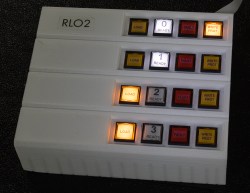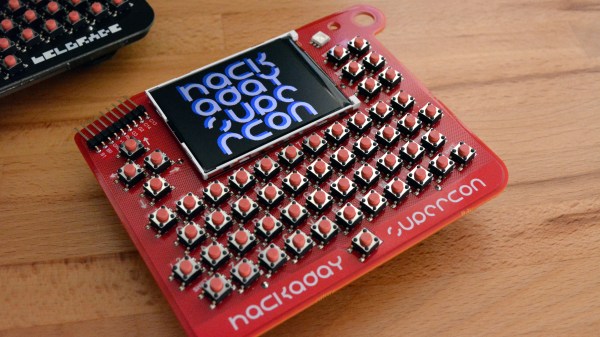The demoscene is an active place to this day, with enthusiasts around the world continuing to push the envelope as far as the capabilities of machines are concerned. [Deater], along with a skilled team, produced this Apple II Megademo which won first place at Demosplash 2018.
The demo starts with an intentional tease, with an emulated C64 BASIC startup screen which splits to reveal the title card. White-on-blue text isn’t the easiest on the Apple II, due to palette limitations, but it’s necessary for the joke to work. The following scenes make heavy use of mode-switching techniques in the middle of drawing the screen. Single screens are made up of various sections in LORES, HIRES, and even text modes. The term “cycle-counting” refers to the fact that the demo is written to operate in a cycle-exact fashion. This is necessary to achieve the mode-switching effects and to make the most of the limited resources of the Apple II.
It’s a demo that, like many others, does the right things in the wrong way to achieve its impressive results, and is a worthy competition winner. [Deater] has kindly provided an FAQ and source code for those who wish to study it further.
If you’ve written a mindblowing demo yourself, be sure to notify the tips line. Video after the break.
Continue reading “Apple II Megademo Is Countin’ Cycles And Takin’ Names”


















